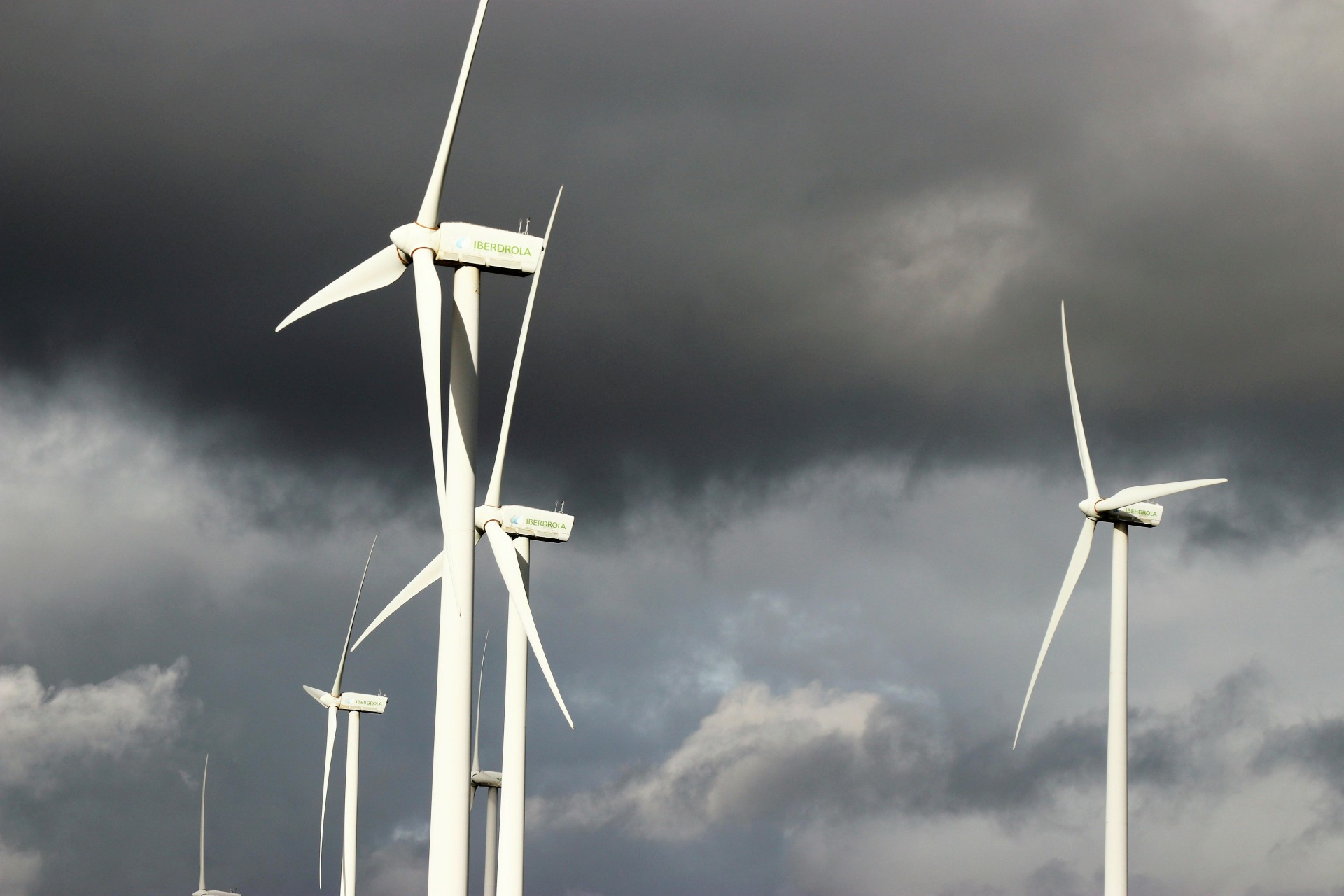With the next Contracts for Difference auction AR-6 on the horizon, can the UK’s flagship renewable energy mechanism weather the latest storm?
On 13th March, the Government is due to publish further detail on the next Contracts for Difference allocation round 6 (AR-6). After the failure to procure any offshore wind at all in the last round (AR-5), the pressure is on to deliver a successful AR-6.
What are Contracts for Difference (CfDs)?
CfDs are the Government’s main mechanism for supporting low carbon electricity generation, designed to incentivise investments in renewable energy projects in the UK at the least cost to the consumer. CfDs are procured at auction via a competitive process, called Allocation Rounds (or AR for short). Different projects from different technologies compete on a “strike price” metric. Winning projects are guaranteed to receive this price via a “Contract for Difference,” a financial mechanism which settles the difference between the market price and the strike price. This provides certainty for investors and developers to manage the high up-front costs of development.
Why does AR-6 matter?
If the allocation rounds are an indicator of progress on the path to meeting our climate ambitions, the results of AR-5 signaled that we are off-course. Deployment of offshore wind is central to our ambition to decarbonise electricity supply. But according to new analysis from Energy UK, the next two Contracts for Difference auctions have to deliver a significant increase in offshore wind capacity if the Government is to stay on track for its 2030 50GW target. If the forthcoming rounds deliver at rates seen at previous auctions, then the UK will fall short of its target by 7GW. This amount could supply a quarter of the power used by households in 2022 and cut gas imports by almost a fifth (in comparison to 2022 imports).
Impact on bills
Industry body RenewableUK estimated that if AR -5 had been successful in securing offshore wind bids, it could have saved UK consumers over £1 billion a year compared to getting the same power from gas. It’s worth remembering that other technologies did successfully enter AR-5, and the renewables secured at this auction are still a lot cheaper – a third for some technologies – than wholesale power prices which are set by gas. Nevertheless, by failing to adjust the offshore wind strike price, everyone faces bills that are higher than necessary. Even with an increase in the price for offshore wind, it is still cheaper than new gas plants, or relying on importing expensive fossil fuels in a volatile global market.
The opportunity is huge – from tackling emissions, bringing down bills, long term energy security, to economic regeneration, and maintaining the UK’s position as a global leader for offshore wind – there’s a lot at stake.
Calls for reform
The backdrop to AR6 is further complicated by the under delivery of AR4 – when CfD contract prices were set too low. According to Aurora Energy Research, this resulted in almost 3GW of offshore capacity procured through the round now being terminated or reduced. These projects were hit by cost hikes across the supply chain, like the price of steel and concrete for example. Vattenfall halted its 1.8GW Norfolk Boreas Offshore Wind Farm, citing a 40% increase in offshore wind costs – This was a project that won in the AR-4 round of CfD.
Industry voices have been calling for wider reform of the scheme, arguing that it needs to be adaptable and responsive to the changing market, to keep pace with the world around it, and ensure that lessons are learnt from the mistakes of the last allocation round.
Potential new capacity
RenewableUK’s latest EnergyPulse Insights Offshore Wind report reveals that 14 wind farms are already eligible to bid into AR-6, providing nearly 10.3 GW of new capacity. (Note that these projects are only eligible, it does not mean they will enter into the auction). And to put this potential new capacity into context, there is currently 14.7GW of fully operational offshore wind which generates 14% of the UK’s entire electricity needs.
So what happens next?
For the upcoming AR-6 auction due to be opened in March, the maximum Administrative Strike Price (ASP) has been increased by 66% for offshore wind projects, from £44/MWh to £73/MWh, and by 52% for floating offshore wind projects, from £116/MWh to £176/MWh. Offshore wind will get its own “pot” in AR-6. It’s hoped that realistically reflecting the increased costs facing offshore wind developers will entice them back to the auction.
Clear skies or storm clouds gathering?
The application window for AR-6 is open from 27th March until 19th April. But this is just the start of the process. The earliest we’ll know the outcome of this allocation round is by the end of June, but certainly by Autumn it will be clear how much new renewable energy will be contracted.
One thing is certain, the pressure is on to bring down bills, meet emissions targets and increase energy security. More renewables can deliver this, but the Government has to get it right. The renewable energy industry is experienced in navigating challenging conditions, but when it comes to policy and investor certainty, it’s hoped that the increased strike price for AR-6 provides some shelter from the storm.
If you have further questions, please get in touch for a no-obligation chat with our industry-leading experts at Sustainable Energy First.












